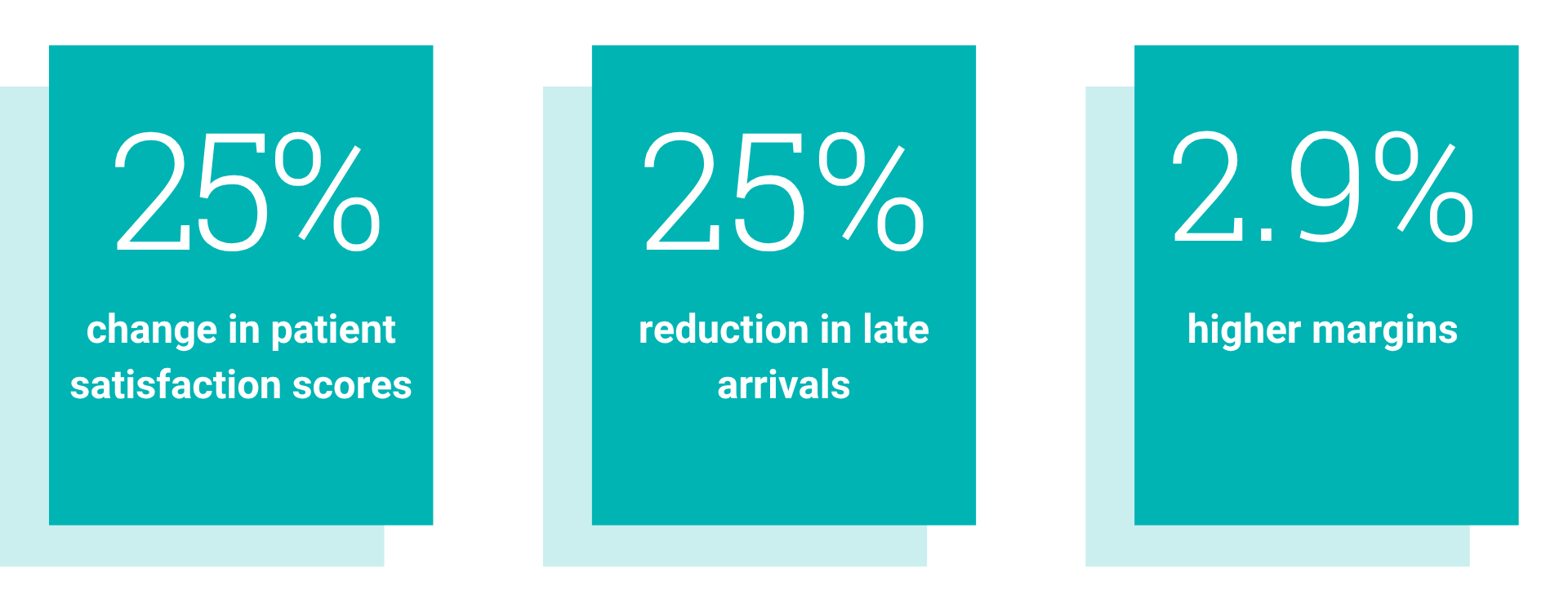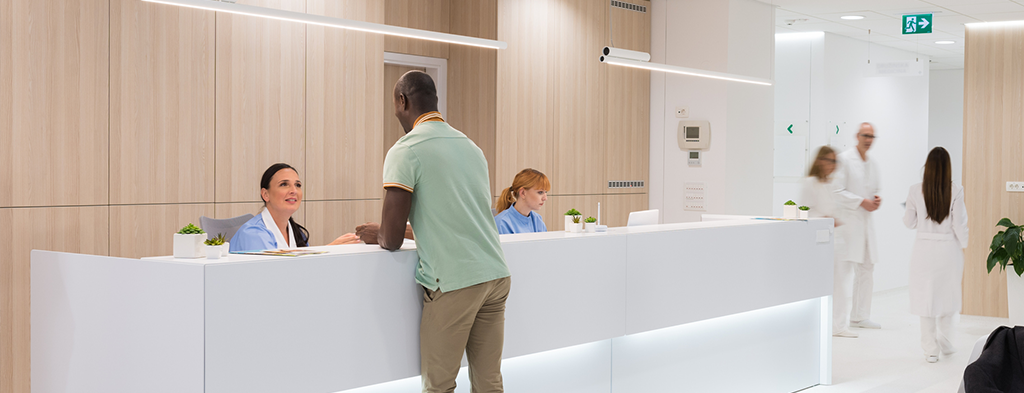Confusing navigation isn’t just an inconvenience. It erodes trust, creates safety risks, and strains resources, adding invisible costs across your organization. In this blog, we’ll explore how poor wayfinding silently affects hospitals’ bottom line, reputation, and patient experience and how to reverse it.
What’s the real cost of being hard to find?
Imagine this: a patient arrives late for a critical appointment because their maps app took them to the wrong entrance. A visitor misses seeing their loved one prior to surgery because signage didn’t mention a closed door. A nurse leaves her post to escort a confused family through a maze of hallways. These aren’t edge cases, they’re daily realities in healthcare settings with poor or fragmented wayfinding systems.
It’s not just signage. It’s your system.
Too often, wayfinding is treated as a one-off project or delegated to facilities teams without a holistic view. Quick fixes, renovations, and expansions add up to a long-term patchwork. Without a system, the hidden costs grow:
- Patient safety risks: Inaccurate signage delays emergency care. In one well known case, a child coded after arriving at the wrong entrance.
- Operational drain: Staff lose hours each week giving directions or escorting patients.
- Financial loss: Missed appointments, delayed care, and negative experiences lead patients to choose other providers.
- Brand erosion: Confusion and stress become associated with your brand, despite your quality of care.

A cost you can control
The good news? Wayfinding is one of the few areas where strategic investment leads to measurable returns.
- Roughly 30% of late-arriving patients cite wayfinding issues as the main reason. Hospitals that improve wayfinding can reduce late arrivals by up to 25%.
- Wayfinding impacts nearly 25% of overall patient satisfaction scores, making it a major lever for experience-driven performance.
- A 5% increase in patient satisfaction can yield a 1% boost in profit margins.
- Effective wayfinding systems don’t just support patients – they also increase staff productivity by 2%, freeing caregivers from repeatedly providing directions.
- 48% of patients experience friction before they even have their appointment which has a direct and negative impact on their likelihood to recommend.

What does better look like?
Effective wayfinding goes beyond signs. It’s about building a system that starts at home, pre-visit emails, website guidance, clear parking instructions, and carries through to directions, clear decision points, and staff interactions. It’s patient-centered, platform-agnostic, and aligned to your brand at every level.
If your wayfinding strategy is costing you more than you realize, let’s talk. We can help you uncover the hidden gaps and close them with a data-driven, design-forward solution that works for everyone. Reach out to Claar Ennis at c.ennis@brandactive.com today.



